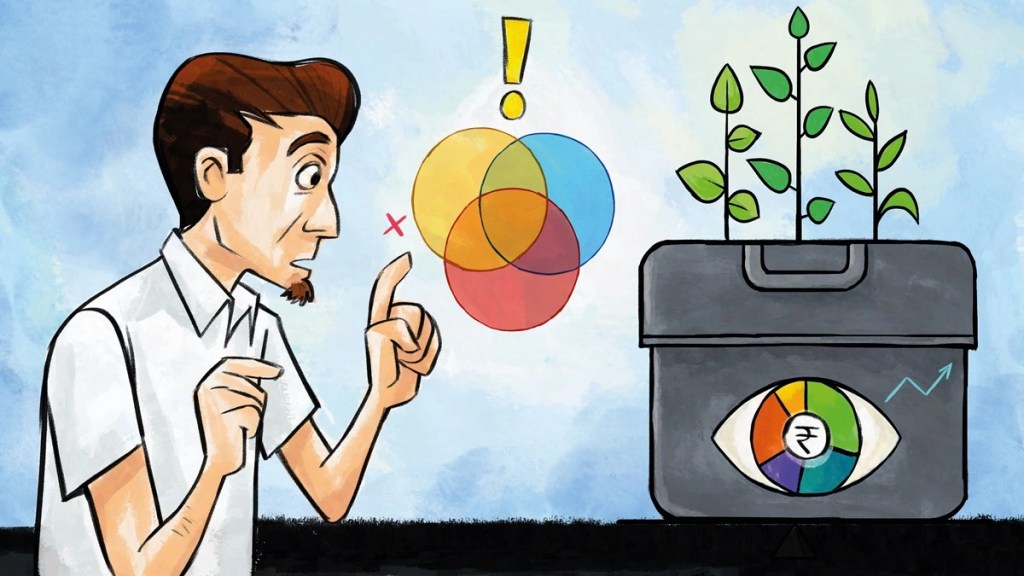As the global monetary tightening comes to an end with the US Fed’s pivot, we are in for a long pause in the rate cycle at least for the next two quarters.
RBI will also be on a long pause and though we expect rate cuts only in the Q3 next calendar year, bond yields tend to move in advance of rate action and, thus, “we believe that with the rate cutting cycle on the horizon, investors can look to increase allocation to Fixed Income,” says Puneet Pal, Head-Fixed Income, PGIM India Mutual Fund.
Pal suggests that investors with medium to long term investment horizon can look at funds having duration of 3-4 years with predominant sovereign holdings as they offer a better risk reward currently. Investors having an investment horizon of 6-12 months can consider Money Market Funds as yields are pretty attractive in the 1year segment of the curve.
Dynamic Bond Funds and Gilt Funds are also likely to do well with fall in long end bond yields in anticipation of rate cutting cycle starting next year. We expect the benchmark 10 year bond yields to continue to fall and come down below 7% over the next couple of months.
Also Read: Short Term FD vs Long Term FD: 5 tips for selecting the right fixed deposit tenure
Indian Markets:
Bond yields were stable in the last week of the year with the 10 year benchmark bond yield ending the week and the year at 7.18%. Money market yields came off towards the end of the week though the overnight lending rates stayed elevated close to the MSF rate. The current liquidity tightness in the banking system is due to the very high level of government surplus, which in our estimate is running close to Rs 4 lakh crore.
“We expect government spending to pick up as we go into the final 3 months of FY24. As the government spends, the interbank liquidity will improve leading to decline in money market yields,” says Pal.
Towards the end of the week, news reports suggested a possible fuel price cut of up to Rs 10 and if this happens, it will be positive for Inflation outlook. The country’s largest bank, the State Bank of India, increased deposit rates on some tenures of fixed deposit by up to 50 bps. Bank of Baroda followed suit.
The Government left the small savings rate unchanged albeit for a 20 bps increase in the Sukanya Samriddhi Scheme and a 10 bps increase in the 3 year fixed deposit with post offices. State Bank of India, HDFC Bank and ICICI Bank continued to be classified as the three systemically important banks in India and citing contagion risks RBI hiked capital requirement for SBI and HDFC Bank, though the financial stability report forecasts a lower GNPA ration of all scheduled banks at 3.10% by September 2024 from 3.2%. It forecasts a GNPA ratio of 4.40% and a capital adequacy ratio of 12.20% in a severe stress case scenario which indicates a healthy outlook for Indian banking system even in stress case scenarios.
The fiscal deficit number stood at 50.70% till November which means that government expenditure is likely to pick steam in the next three months. India’s Current Account Deficit came in at 1% of GDP in Q2 down from 3.8% in Q2 of last year and marginally better than the 1.1% number recorded in in Q1 of this year. Current Account Deficit is expected to increase in this quarter with the full year CAD expected to be in the vicinity of 1.50%.
Money Market rates up to 3 months came down by around 10 bps with 3 month CD’s around 7.30-7.35%. INR was stable depreciating marginally by 6paise, ending the week at 83.21. Crude oil fell below 80 ending the week and the year at USD 77 a barrel. The Overnight Index Swap curve (OIS) curve was flat week on week with the 5yr OIS ending the week and the year at 6.20% unchanged from last week’s closing whereas the 1yr OIS closed the week and the year at 6.65% up 1 bps from last week’s closing of 6.64%. Recapitulating markets over the last 1 year, bonds markets have been stable and yields have traded in a range with the 10 year bond yield down 16 bps in the year and the 5 year OIS down by 25 bps in the year. INR depreciated by 48 paise during the year.

